

Features : No Code Code Generation for HTML and NEXTJS Add google analytics, Add google adsense Get content from Hashnode, and Unsplash. Supports animations Validate AMP code Creating content is as simple as dragging and dropping. NO SIGN-UP/SIGN IN
Simplify your Blockchain automation with Thentic — No Code builder, powered by AI. Automate on 250+ chains with prebuilt integrations. Create automated tasks on and off the blockchain.
TopNoCode.Tools is a vast directory of no-code solutions, helping individuals and businesses find the perfect tool for their needs. Our vision is to introduce users to the diverse array of no-code tools available.
Laudspeaker is an open source alternative to customer io / braze / iterable. Build automated customer journeys with email, sms and slack in our no code tool. Now everyone from founders to marketers can message their users when, where and how they want.
ChatGPT Website Builder allows you to create amazing websites in just 30 seconds. It uses Artificial Intelligence (AI) to generate a website complete with text, images, and styling, saving you time and effort. All you need to do is fill in the form, and you can have your website ready at your disposal with no copying or image editing required. With ChatGPT, you can build powerful, professional-looking websites without any hassle.
AI technology has become a vital part of everyday life. However, creating AI models can be a difficult and time consuming process. With the No Code AI Model Builder, users can now create custom GPT-3 AI models in minutes, with no coding experience necessary. This revolutionary tool allows anyone to quickly build powerful and sophisticated AI models to suit their needs.
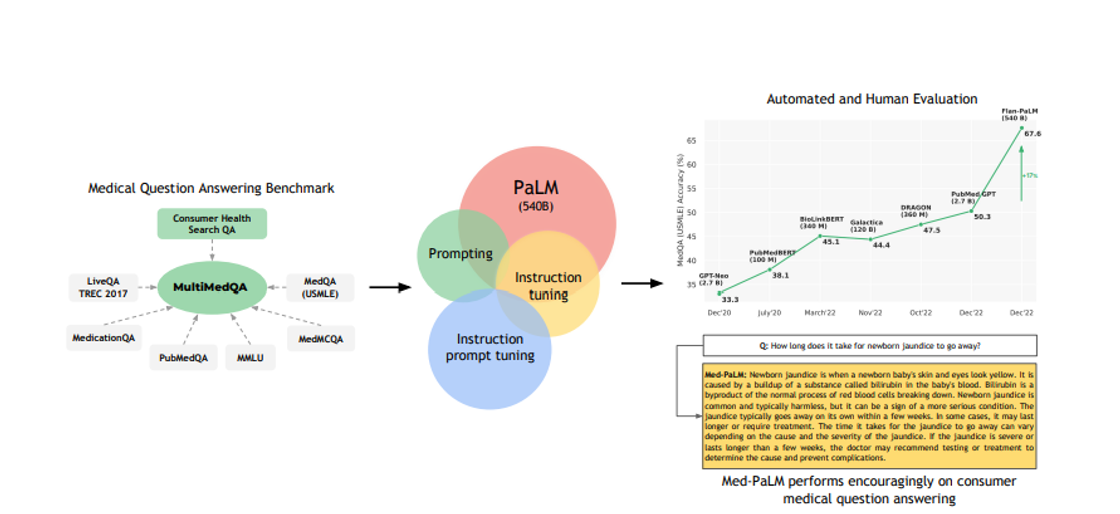
Med-PaLM
AI Powered Medical Imaging

Copy.ai
Copy.ai: Write better marketing copy and content with AI
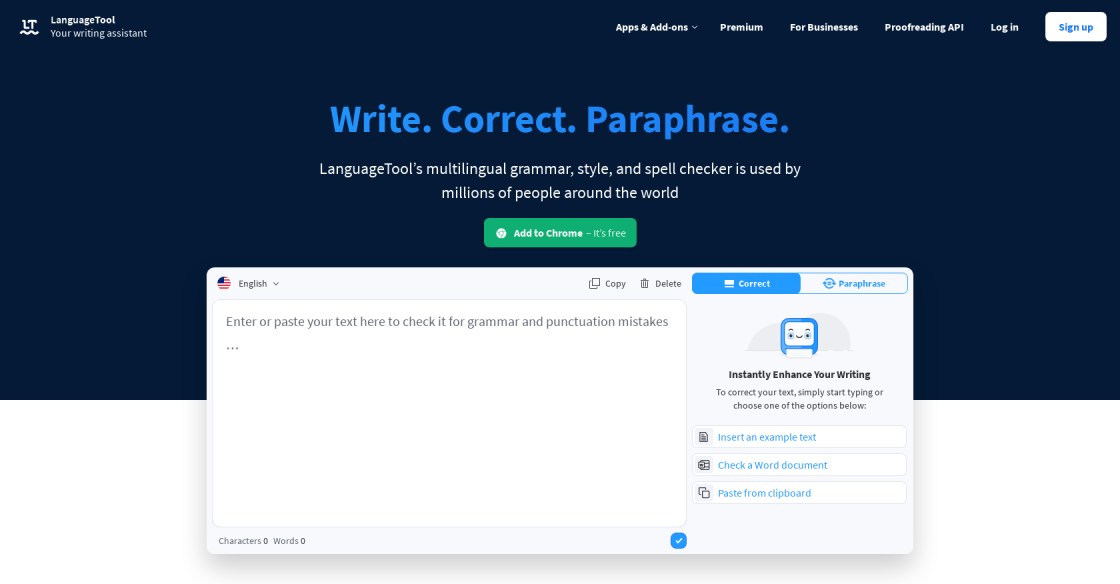
LanguageTool
LanguageTool - Online Grammar, Style & Spell Checker
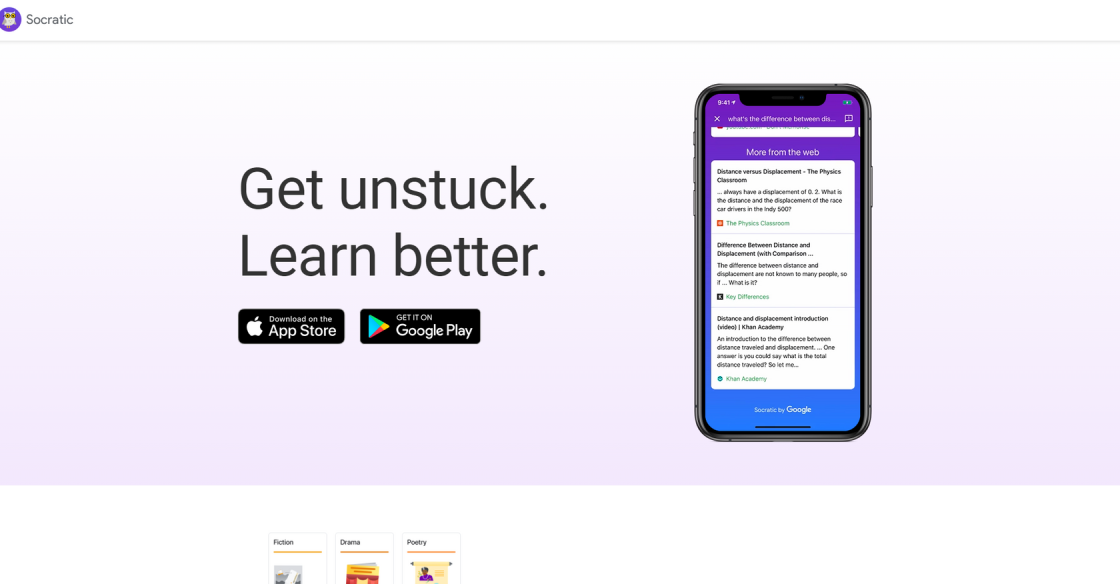
Socratic By Google
Get unstuck. Learn better. | Socratic
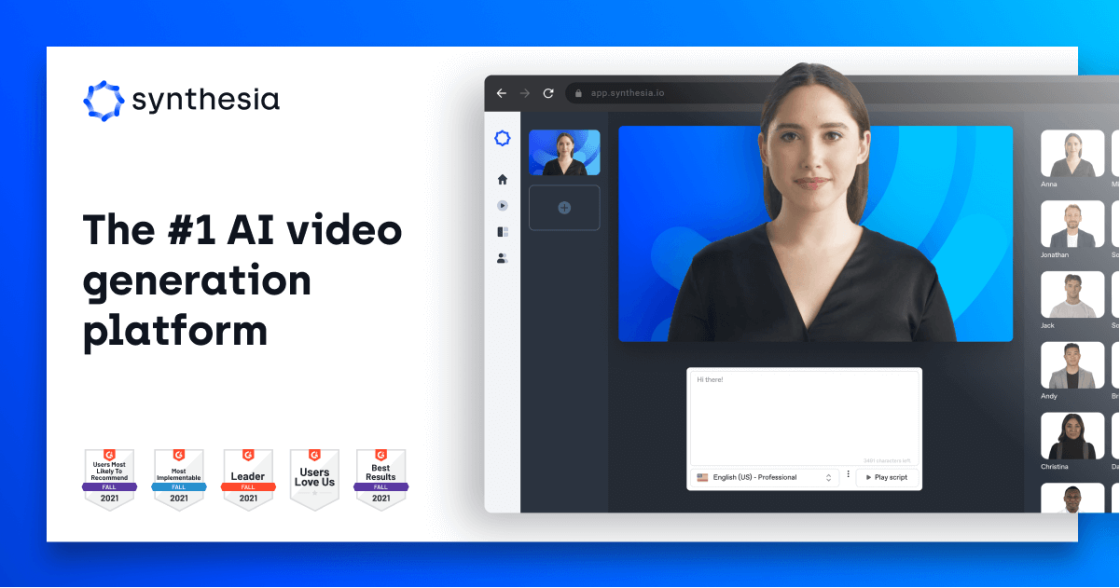
Synthesia
Synthesia | #1 AI Video Generation Platform
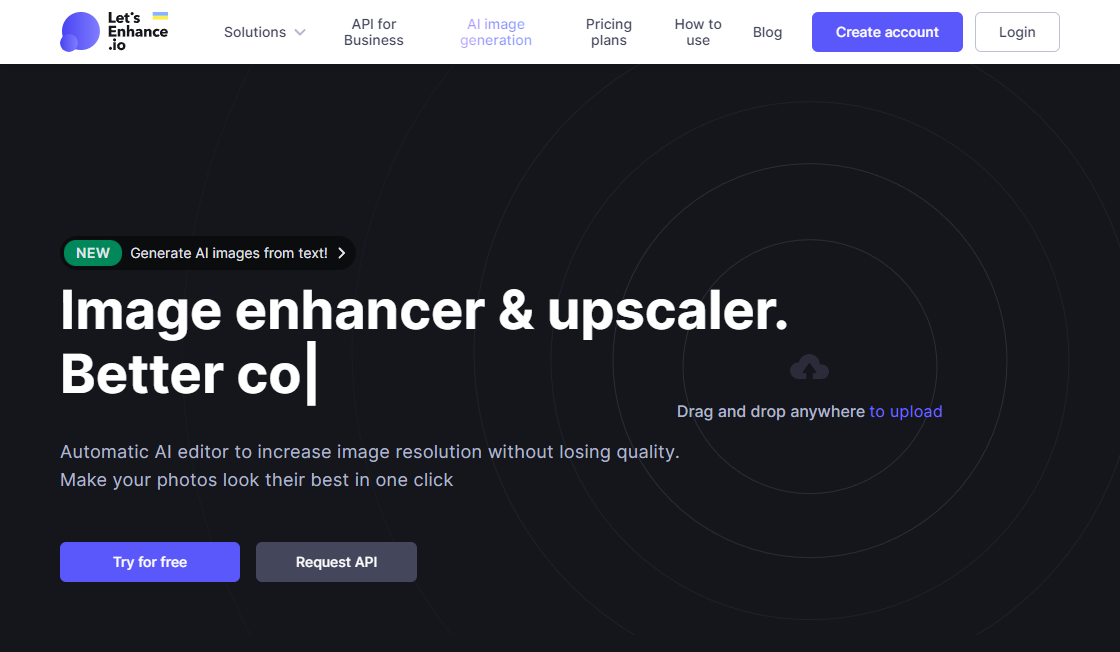
Let’s Enhance
Let’s Enhance - Image Quality Online App & Free Photo Enlarger
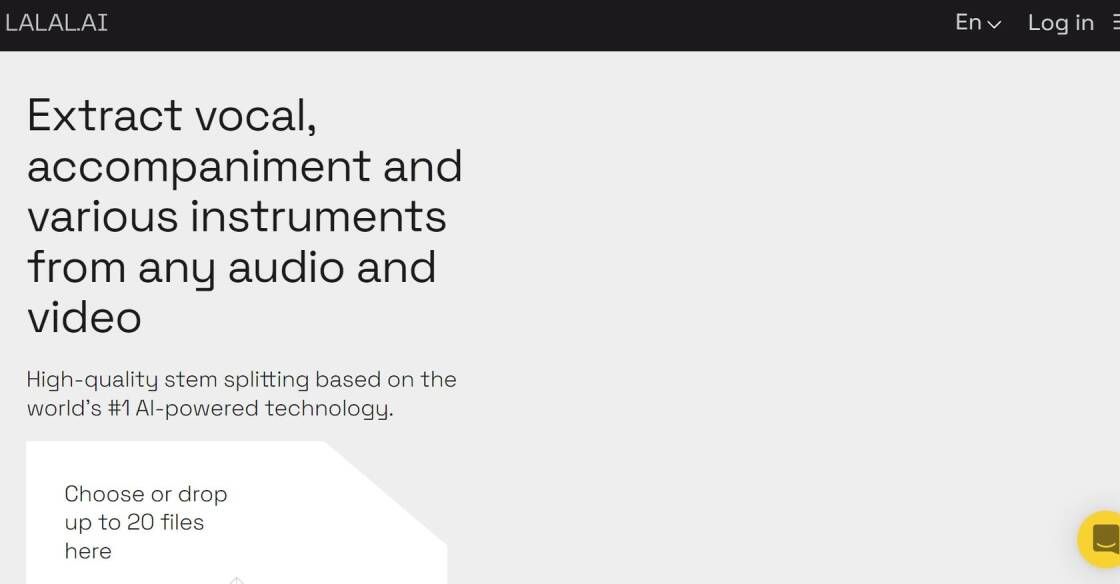
LALAL.AI
LALAL.AI: 100% AI-Powered Vocal and Instrumental Tracks Remover
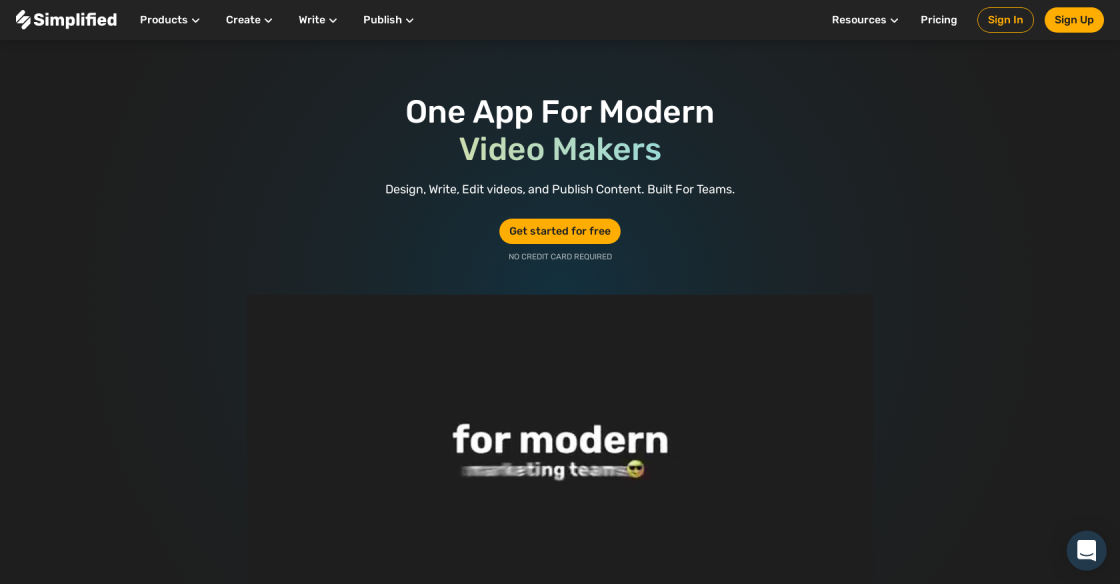
Simplified
Free AI Writer - Text Generator & AI Copywriting Assistant
Flutter is a powerful and versatile cross-platform UI toolkit that has revolutionized the way developers build mobile applications. Developed by Google, Flutter enables developers to create high-performance and reactive mobile applications for a wide range of platforms, including iOS, Android, web, and desktop. With Flutter, developers can write code once and deploy it across multiple platforms, reducing development time and costs while also ensuring a consistent user experience across different devices.
One of the key features of Flutter is its ability to create beautiful and responsive user interfaces with ease. The framework comes with a rich set of customizable widgets and tools that allow developers to create complex UIs quickly and efficiently. Additionally, Flutter offers hot reload functionality, which makes it easy to experiment with different UI designs and iterate on them rapidly.
Overall, Flutter is an excellent choice for developers looking to build high-quality, cross-platform mobile applications that are both performant and visually appealing. Its ease of use, flexibility, and robust set of features make it a top choice for businesses and individual developers alike.
Flutter is a cross-platform UI toolkit that allows developers to build reactive mobile applications for iOS, Android, web, and desktop.
Flutter uses a single codebase to create applications for multiple platforms. It has its own rendering engine and widgets, which allow developers to create visually rich and responsive user interfaces.
Flutter uses the Dart programming language, which was created by Google.
Yes, Flutter can be used to create desktop applications for Windows, macOS, and Linux.
Yes, Flutter is an open-source framework and is free to use.
While Flutter is primarily designed for building mobile applications, it can also be used to create simple games.
Like all software frameworks, Flutter has some limitations. For example, it may not be suitable for building complex applications that require extensive hardware access or native integrations.
The time it takes to learn Flutter depends on your previous experience with programming and mobile app development. However, many developers find that they can start building basic Flutter applications within a few weeks.
Yes, Flutter has a growing community of developers who contribute to the framework and share their knowledge through online forums and social media.
Yes, several popular apps have been built with Flutter, including Alibaba, Google Ads, and Reflectly.
| Competitor | Description | Difference from Flutter |
|---|---|---|
| React Native | Developed by Facebook, React Native is a popular cross-platform app development framework that allows developers to use the same codebase for iOS and Android apps. | React Native uses JavaScript and a virtual DOM, while Flutter uses Dart and a reactive programming model. |
| Xamarin | Owned by Microsoft, Xamarin is a powerful cross-platform mobile app development framework that allows developers to build apps for iOS, Android, and Windows using C#. | Xamarin uses C# and .NET, while Flutter uses Dart and a reactive programming model. |
| Ionic | Ionic is an open-source SDK for building cross-platform mobile and web applications using HTML, CSS, and JavaScript. | Ionic uses web technologies, while Flutter uses Dart and a reactive programming model. |
| PhoneGap | Developed by Adobe, PhoneGap is a popular open-source framework for building cross-platform mobile apps using HTML, CSS, and JavaScript. | PhoneGap uses web technologies, while Flutter uses Dart and a reactive programming model. |
| Corona SDK | Corona SDK is a powerful cross-platform mobile app development framework that allows developers to create 2D games and apps for iOS, Android, and Kindle using Lua programming language. | Corona SDK uses Lua, while Flutter uses Dart and a reactive programming model. |
Flutter is a powerful cross-platform UI toolkit that enables developers to build reactive mobile applications for iOS, Android, web, and desktop. Developed by Google in 2017, Flutter has quickly gained popularity among developers due to its ease of use, flexibility, and efficiency.
Here are some things you should know about Flutter:
1. Flutter uses a single codebase for multiple platforms, making it a great time-saver for developers who want to create apps for multiple platforms without the need to learn different programming languages.
2. Flutter comes with a rich set of customizable widgets that allow developers to build beautiful and responsive user interfaces. These widgets can be easily customized to match the design and style of the app.
3. Flutter provides a hot reload feature that allows developers to see changes made to the code in real-time. This feature is particularly useful when testing and debugging the app.
4. Flutter has a vibrant community of developers who contribute to its growth and development. This community offers support, resources, and tools to help developers create amazing apps using Flutter.
5. Flutter is built on top of the Dart programming language, which is easy to learn and understand. This makes it an ideal choice for both new and experienced developers.
6. Flutter provides excellent performance and speed, thanks to its use of a reactive programming model. This makes it an ideal choice for building high-performance apps with complex user interfaces.
In conclusion, Flutter is a powerful and versatile toolkit that offers developers the ability to build beautiful, performant, and responsive apps for multiple platforms using a single codebase. With its robust features, flexible architecture, and active community, Flutter is quickly becoming the go-to choice for developers looking to build cross-platform mobile apps.
TOP